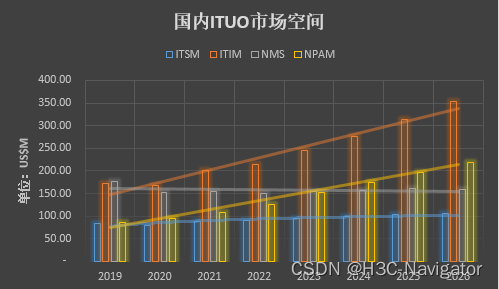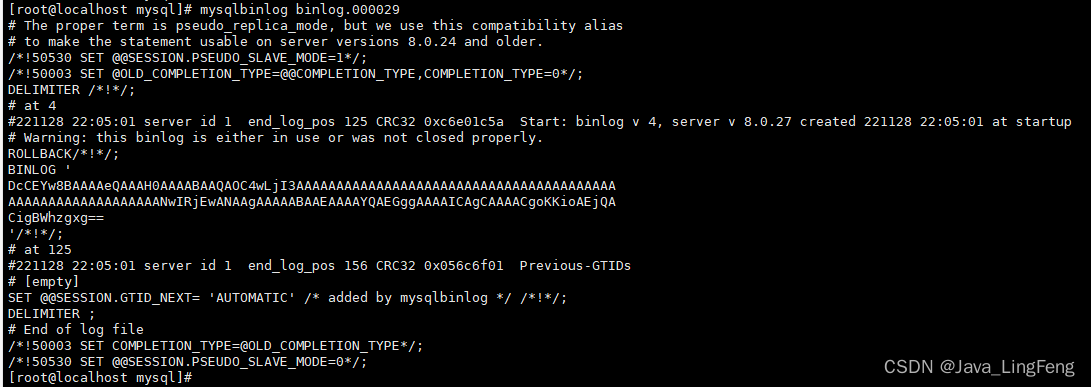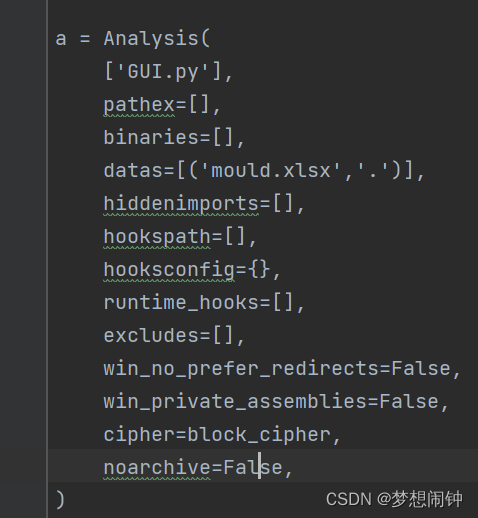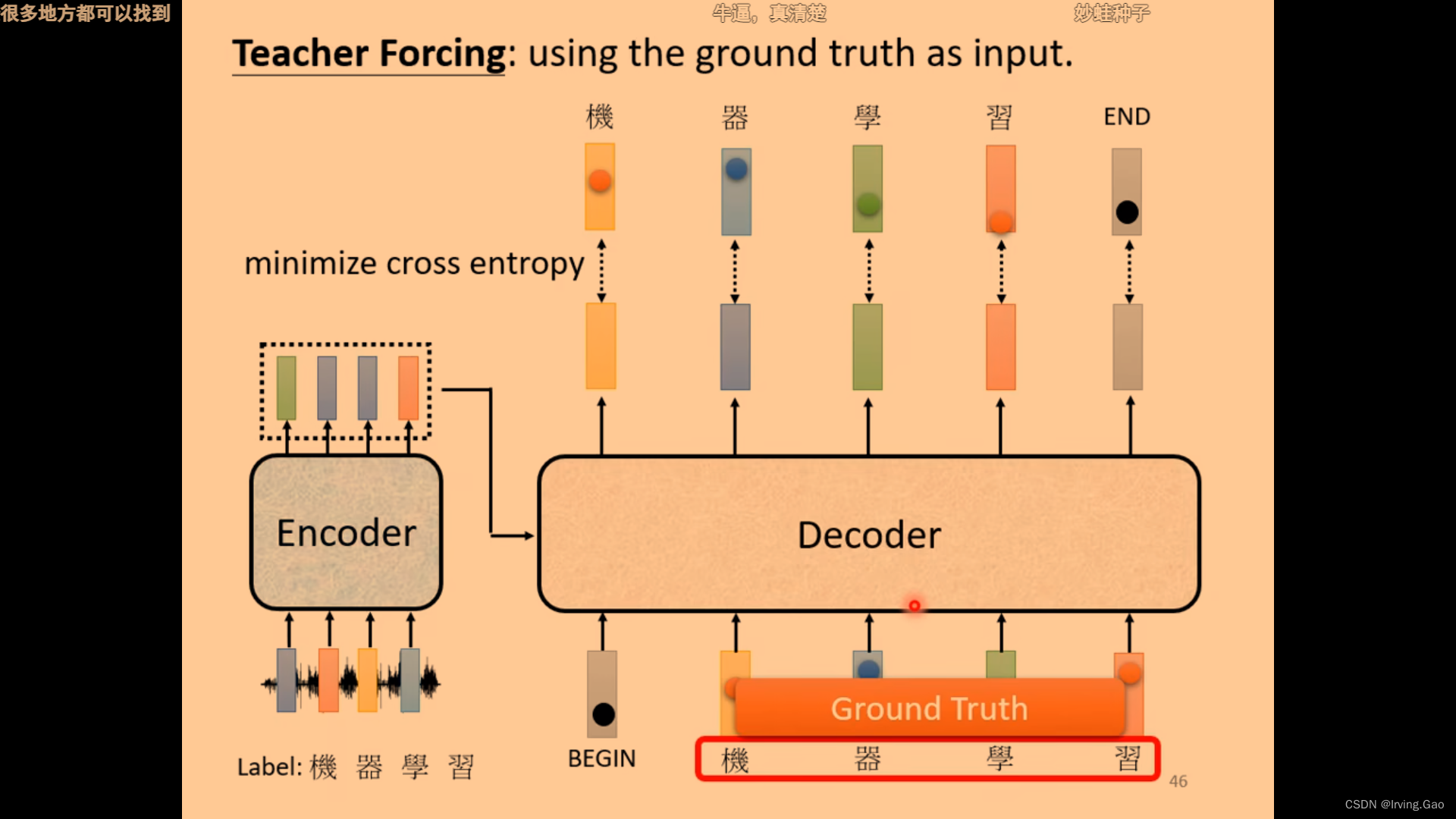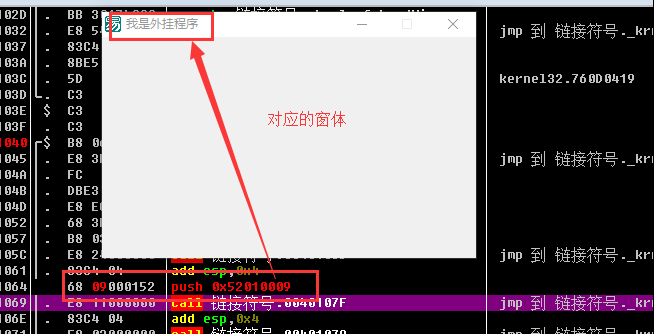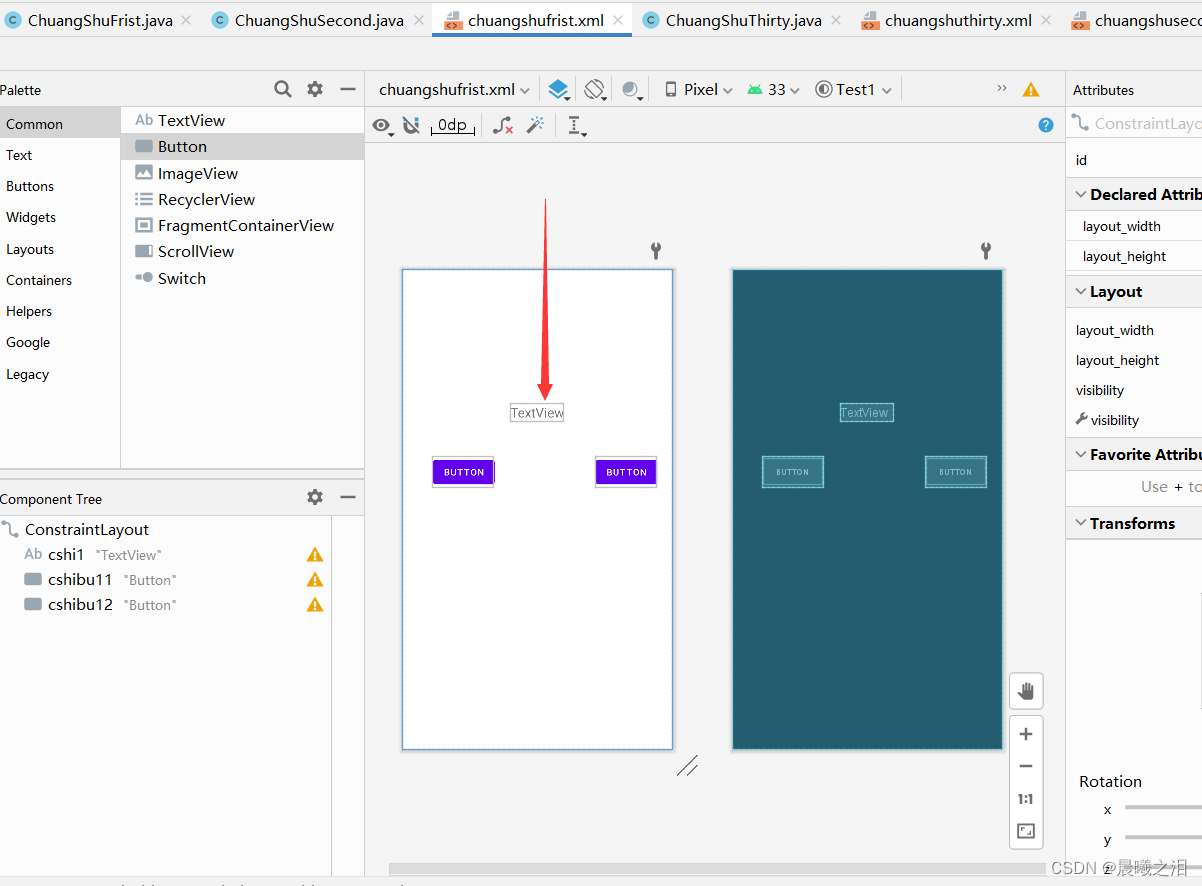本文将通过阅读AnnotationAwareAspectJAutoProxyCreator后置处理器的源码,分析其解析AOP通知、匹配切入点和创建AOP代理的流程。
入口
AnnotationAwareAspectJAutoProxyCreator是一个BeanPostProcessor实现,他在容器进行initializeBean的时候被调用:

核心的BeanPostProcessor方法实现都在其父类AbstractAutoProxyCreator中实现。
wrapIfNecessary方法
在其父类AbstractAutoProxyCreator的postProcessAfterInitialization方法中。
核心功能:
- 查找AOP Advisor
- 创建AOP代理
protected Object wrapIfNecessary(Object bean, String beanName, Object cacheKey) {
// 最开始是一些是否需要AOP的判断,如果不需要或者已经创建代理,则直接返回了
// Create proxy if we have advice.
// 查找AOP Advisor
Object[] specificInterceptors = getAdvicesAndAdvisorsForBean(bean.getClass(), beanName, null);
if (specificInterceptors != DO_NOT_PROXY) {
this.advisedBeans.put(cacheKey, Boolean.TRUE);
// 创建AOP代理
Object proxy = createProxy(
bean.getClass(), beanName, specificInterceptors, new SingletonTargetSource(bean));
this.proxyTypes.put(cacheKey, proxy.getClass());
return proxy;
}
this.advisedBeans.put(cacheKey, Boolean.FALSE);
return bean;
}
getAdvicesAndAdvisorsForBean方法
查找AOP Advisor
protected Object[] getAdvicesAndAdvisorsForBean(
Class<?> beanClass, String beanName, @Nullable TargetSource targetSource) {
List<Advisor> advisors = findEligibleAdvisors(beanClass, beanName);
if (advisors.isEmpty()) {
return DO_NOT_PROXY;
}
return advisors.toArray();
}
// Find all eligible Advisors for auto-proxying this class.
protected List<Advisor> findEligibleAdvisors(Class<?> beanClass, String beanName) {
// 此处分为两部分:
// 1. 查找Spring容器里面注入的Advisor
// 2. 解析所有的AspectJ AOP并创建Advisor
// 实现逻辑在AnnotationAwareAspectJAutoProxyCreator类中
List<Advisor> candidateAdvisors = findCandidateAdvisors();
// Search the given candidate Advisors to find all Advisors that can apply to the specified bean.
List<Advisor> eligibleAdvisors = findAdvisorsThatCanApply(candidateAdvisors, beanClass, beanName);
// Add an ExposeInvocationInterceptor to the beginning of the advice chain.
// This additional advice is needed when using AspectJ pointcut expressions and
// when using AspectJ-style advice.
extendAdvisors(eligibleAdvisors);
if (!eligibleAdvisors.isEmpty()) {
eligibleAdvisors = sortAdvisors(eligibleAdvisors);
}
return eligibleAdvisors;
}
// AnnotationAwareAspectJAutoProxyCreator.findCandidateAdvisors
protected List<Advisor> findCandidateAdvisors() {
// Add all the Spring advisors found according to superclass rules.
// 查找Spring容器里面注入的Advisor,代码就不再展开记录
List<Advisor> advisors = super.findCandidateAdvisors();
// Build Advisors for all AspectJ aspects in the bean factory.
// 解析所有的AspectJ AOP并创建Advisor
if (this.aspectJAdvisorsBuilder != null) {
advisors.addAll(this.aspectJAdvisorsBuilder.buildAspectJAdvisors());
}
return advisors;
}
过滤当前Bean可用Advisor
findAdvisorsThatCanApply方法用于过滤可用Advisor:
protected List<Advisor> findAdvisorsThatCanApply(
List<Advisor> candidateAdvisors, Class<?> beanClass, String beanName) {
ProxyCreationContext.setCurrentProxiedBeanName(beanName);
try {
return AopUtils.findAdvisorsThatCanApply(candidateAdvisors, beanClass);
} finally {
ProxyCreationContext.setCurrentProxiedBeanName(null);
}
}
AopUtils.findAdvisorsThatCanApply方法:
// Determine the sublist of the candidateAdvisors list that is applicable to the given class.
public static List<Advisor> findAdvisorsThatCanApply(List<Advisor> candidateAdvisors, Class<?> clazz) {
List<Advisor> eligibleAdvisors = new ArrayList<>();
for (Advisor candidate : candidateAdvisors) {
if (candidate instanceof IntroductionAdvisor && canApply(candidate, clazz)) {
eligibleAdvisors.add(candidate);
}
}
boolean hasIntroductions = !eligibleAdvisors.isEmpty();
for (Advisor candidate : candidateAdvisors) {
if (candidate instanceof IntroductionAdvisor) {
// already processed
continue;
}
if (canApply(candidate, clazz, hasIntroductions)) {
eligibleAdvisors.add(candidate);
}
}
return eligibleAdvisors;
}
public static boolean canApply(Advisor advisor, Class<?> targetClass, boolean hasIntroductions) {
if (advisor instanceof IntroductionAdvisor) {
return ((IntroductionAdvisor) advisor).getClassFilter().matches(targetClass);
} else if (advisor instanceof PointcutAdvisor) {
PointcutAdvisor pca = (PointcutAdvisor) advisor;
// 使用pointcut判断
return canApply(pca.getPointcut(), targetClass, hasIntroductions);
} else {
return true;
}
}
排序
在查找Advisor集的过程中,有一步是Advisor集排序:
protected List<Advisor> findEligibleAdvisors(Class<?> beanClass, String beanName) {
List<Advisor> candidateAdvisors = findCandidateAdvisors();
List<Advisor> eligibleAdvisors = findAdvisorsThatCanApply(candidateAdvisors, beanClass, beanName);
extendAdvisors(eligibleAdvisors);
if (!eligibleAdvisors.isEmpty()) {
// 排序
eligibleAdvisors = sortAdvisors(eligibleAdvisors);
}
return eligibleAdvisors;
}
protected List<Advisor> sortAdvisors(List<Advisor> advisors) {
List<PartiallyComparableAdvisorHolder> partiallyComparableAdvisors = new ArrayList<>(advisors.size());
for (Advisor advisor : advisors) {
partiallyComparableAdvisors.add(
new PartiallyComparableAdvisorHolder(advisor, DEFAULT_PRECEDENCE_COMPARATOR));
}
List<PartiallyComparableAdvisorHolder> sorted = PartialOrder.sort(partiallyComparableAdvisors);
if (sorted != null) {
List<Advisor> result = new ArrayList<>(advisors.size());
for (PartiallyComparableAdvisorHolder pcAdvisor : sorted) {
result.add(pcAdvisor.getAdvisor());
}
return result;
} else {
return super.sortAdvisors(advisors);
}
}
核心的排序逻辑都在DEFAULT_PRECEDENCE_COMPARATOR中,他是一个Comparator实现:
public int compare(Advisor o1, Advisor o2) {
int advisorPrecedence = this.advisorComparator.compare(o1, o2);
// 如果advisorComparator比较结果相同,将使用AspectJ相关的方法排序,此部分不分析
if (advisorPrecedence == SAME_PRECEDENCE && declaredInSameAspect(o1, o2)) {
advisorPrecedence = comparePrecedenceWithinAspect(o1, o2);
}
return advisorPrecedence;
}
advisorComparator也是一个Comparator实现,他内部有一些从Ordered实现方法、Order注解获取顺序的逻辑,此处不展开分析,了解即可。
创建AOP代理
// 创建AOP代理
Object proxy = createProxy(
bean.getClass(), beanName, specificInterceptors, new SingletonTargetSource(bean));
createProxy入口方法
protected Object createProxy(Class<?> beanClass, String beanName,
Object[] specificInterceptors, TargetSource targetSource) {
// Expose the given target class for the specified bean, if possible.
if (this.beanFactory instanceof ConfigurableListableBeanFactory) {
AutoProxyUtils
.exposeTargetClass((ConfigurableListableBeanFactory) this.beanFactory, beanName, beanClass);
}
ProxyFactory proxyFactory = new ProxyFactory();
proxyFactory.copyFrom(this);
if (!proxyFactory.isProxyTargetClass()) {
if (shouldProxyTargetClass(beanClass, beanName)) {
proxyFactory.setProxyTargetClass(true);
}
else {
evaluateProxyInterfaces(beanClass, proxyFactory);
}
}
// 构建AOP通知
Advisor[] advisors = buildAdvisors(beanName, specificInterceptors);
proxyFactory.addAdvisors(advisors);
proxyFactory.setTargetSource(targetSource);
customizeProxyFactory(proxyFactory);
proxyFactory.setFrozen(this.freezeProxy);
if (advisorsPreFiltered()) {
proxyFactory.setPreFiltered(true);
}
// 创建代理
return proxyFactory.getProxy(getProxyClassLoader());
}
// 构建AOP通知
protected Advisor[] buildAdvisors(String beanName, Object[] specificInterceptors) {
Advisor[] commonInterceptors = resolveInterceptorNames();
List<Object> allInterceptors = new ArrayList<>();
if (specificInterceptors != null) {
allInterceptors.addAll(Arrays.asList(specificInterceptors));
if (commonInterceptors.length > 0) {
// 不重要
}
}
Advisor[] advisors = new Advisor[allInterceptors.size()];
for (int i = 0; i < allInterceptors.size(); i++) {
advisors[i] = this.advisorAdapterRegistry.wrap(allInterceptors.get(i));
}
return advisors;
}
proxyFactory.getProxy方法里面判断使用Cglib还是JdkProxy创建代理:
public Object getProxy(@Nullable ClassLoader classLoader) {
return createAopProxy().getProxy(classLoader);
}
public AopProxy createAopProxy(AdvisedSupport config) throws AopConfigException {
if (config.isOptimize() || config.isProxyTargetClass() || hasNoUserSuppliedProxyInterfaces(config)) {
Class<?> targetClass = config.getTargetClass();
if (targetClass == null) {
// throw exception
}
if (targetClass.isInterface() || Proxy.isProxyClass(targetClass)) {
return new JdkDynamicAopProxy(config);
}
return new ObjenesisCglibAopProxy(config);
} else {
return new JdkDynamicAopProxy(config);
}
}
Cglib代理
从上面的代码可以看到,Cglib代理是使用ObjenesisCglibAopProxy实现类创建的。
继承关系是这样的:
AopProxy
|-- CglibAopProxy
|-- ObjenesisCglibAopProxy
Spring Cglib示例
下面代码演示如何是Spring Cglib创建一个代理类对象:
public static void main(String[] args) throws InstantiationException, IllegalAccessException {
ClassLoader classLoader = CglibTest.class.getClassLoader();
Enhancer enhancer = createEnhancer();
// 设置目标类型
enhancer.setSuperclass(LogService.class);
enhancer.setClassLoader(classLoader);
enhancer.setUseCache(false);
enhancer.setNamingPolicy(SpringNamingPolicy.INSTANCE);
enhancer.setStrategy(new ClassLoaderAwareGeneratorStrategy(classLoader));
// callback集
Callback[] callbacks = new Callback[]{
new MyMethodInterceptor()
};
Class<?>[] types = new Class<?>[callbacks.length];
for (int x = 0; x < types.length; x++) {
types[x] = callbacks[x].getClass();
}
enhancer.setCallbackTypes(types);
// 创建代理类并实例化
Class<?> proxyClass = enhancer.createClass();
Object proxyInstance = proxyClass.newInstance();
((Factory) proxyInstance).setCallbacks(callbacks);
LogService o = (LogService) proxyInstance;
o.testServiceLog();
}
protected static Enhancer createEnhancer() {
return new Enhancer();
}
private static class MyMethodInterceptor implements MethodInterceptor {
@Override
public Object intercept(
Object enhancedConfigInstance, Method beanMethod,
Object[] beanMethodArgs, MethodProxy cglibMethodProxy) throws Throwable {
System.out.printf("MyMethodInterceptor %s args: %s\n",
beanMethod.getName(), Arrays.toString(beanMethodArgs));
return cglibMethodProxy.invokeSuper(enhancedConfigInstance, beanMethodArgs);
}
}
CglibAopProxy.getProxy实现
public Object getProxy(ClassLoader classLoader) {
try {
Class<?> rootClass = this.advised.getTargetClass();
Class<?> proxySuperClass = rootClass;
if (rootClass.getName().contains(ClassUtils.CGLIB_CLASS_SEPARATOR)) {
proxySuperClass = rootClass.getSuperclass();
Class<?>[] additionalInterfaces = rootClass.getInterfaces();
for (Class<?> additionalInterface : additionalInterfaces) {
this.advised.addInterface(additionalInterface);
}
}
// Validate the class, writing log messages as necessary.
validateClassIfNecessary(proxySuperClass, classLoader);
// Configure CGLIB Enhancer...
Enhancer enhancer = createEnhancer();
if (classLoader != null) {
enhancer.setClassLoader(classLoader);
if (classLoader instanceof SmartClassLoader &&
((SmartClassLoader) classLoader).isClassReloadable(proxySuperClass)) {
enhancer.setUseCache(false);
}
}
enhancer.setSuperclass(proxySuperClass);
enhancer.setInterfaces(AopProxyUtils.completeProxiedInterfaces(this.advised));
enhancer.setNamingPolicy(SpringNamingPolicy.INSTANCE);
enhancer.setStrategy(new ClassLoaderAwareGeneratorStrategy(classLoader));
// 通过advisor创建cglib代理callback
Callback[] callbacks = getCallbacks(rootClass);
Class<?>[] types = new Class<?>[callbacks.length];
for (int x = 0; x < types.length; x++) {
types[x] = callbacks[x].getClass();
}
// fixedInterceptorMap only populated at this point, after getCallbacks call above
enhancer.setCallbackFilter(
new ProxyCallbackFilter(
this.advised.getConfigurationOnlyCopy(),
this.fixedInterceptorMap,
this.fixedInterceptorOffset));
enhancer.setCallbackTypes(types);
// Generate the proxy class and create a proxy instance.
// 生成代理对象并返回
return createProxyClassAndInstance(enhancer, callbacks);
} catch (CodeGenerationException | IllegalArgumentException ex) {
// throw new AopConfigException
} catch (Throwable ex) {
// throw new AopConfigException
}
}
getCallbacks
创建cglib callback对象,最核心的就是使用spring aop advisor创建了一个DynamicAdvisedInterceptor对象,让其作为代理对象的处理逻辑。
DynamicAdvisedInterceptor这个类会在后续解析AOP执行流程时再做介绍。
下图就是该方法封装DynamicAdvisedInterceptor对象的结构:
- target - 封装原始的Bean对象
- advisors - spring aop advisor集

createProxyClassAndInstance
这个方法在ObjenesisCglibAopProxy类实现:
protected Object createProxyClassAndInstance(Enhancer enhancer, Callback[] callbacks) {
// Generate a new class if necessary and return it without creating a new instance.
// This ignores any callbacks that have been set.
// To create a new instance you will have to use reflection,
// and methods called during the constructor will not be intercepted.
// To avoid this problem, use the multi-arg create method.
// 生成代理类
Class<?> proxyClass = enhancer.createClass();
Object proxyInstance = null;
// 创建proxyInstance代理对象,实际上就是使用反射创建一个proxyClass的实例,代码省略
// 设置callback代理拦截
((Factory) proxyInstance).setCallbacks(callbacks);
return proxyInstance;
}
Cglib生成代理类(暂时不分析)
不太懂,暂时不分析。
JDK代理
JDK代理示例
public static void main(String[] args) {
LogService logService = new LogServiceImpl();
Object proxyInstance = Proxy.newProxyInstance(
SpringJdkProxyDemo.class.getClassLoader(),
new Class[]{LogService.class},
new MyInvocationHandler(logService));
LogService o = (LogService) proxyInstance;
o.log();
}
static class MyInvocationHandler implements InvocationHandler {
private final Object object;
public MyInvocationHandler(Object object) {
this.object = object;
}
@Override
public Object invoke(Object proxy, Method method, Object[] args) throws Throwable {
System.out.printf("MyInvocationHandler %s args: %s\n",
method.getName(), Arrays.toString(args));
return method.invoke(this.object, args);
}
}
interface LogService {
void log();
}
static class LogServiceImpl implements LogService {
@Override
public void log() {
System.out.println("LogServiceImpl.log()");
}
}
JdkDynamicAopProxy.getProxy
public Object getProxy(ClassLoader classLoader) {
Class<?>[] proxiedInterfaces = AopProxyUtils.completeProxiedInterfaces(this.advised, true);
findDefinedEqualsAndHashCodeMethods(proxiedInterfaces);
return Proxy.newProxyInstance(classLoader, proxiedInterfaces, this);
}
代码比较简单,就是使用java的Proxy创建代理对象,第三个参数传递的是this,因为JdkDynamicAopProxy实现了InvocationHandler接口。
小结
在本文中,我们了解到了AnnotationAwareAspectJAutoProxyCreator后置处理器如何为Bean对象解析Advisor集、匹配可用Advisor集和创建代理对象的过程。
后续,我们将继续阅读CglibAopProxy和JdkDynamicAopProxy的代码,分析Spring AOP的执行流程。
![[附源码]计算机毕业设计汽车美容店管理系统Springboot程序](https://img-blog.csdnimg.cn/17922fbb298c4c608bb59f9d4b2f87cd.png)

